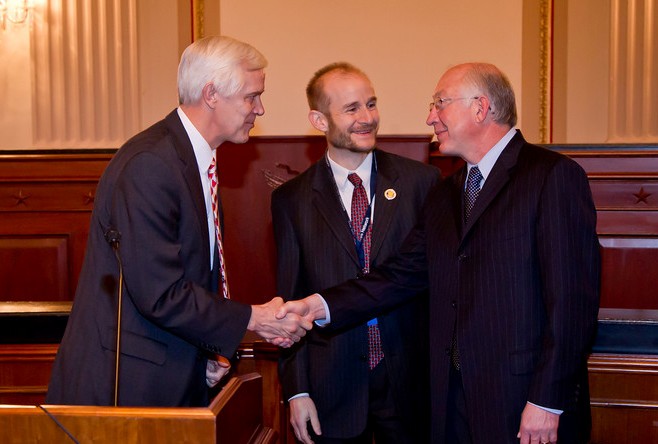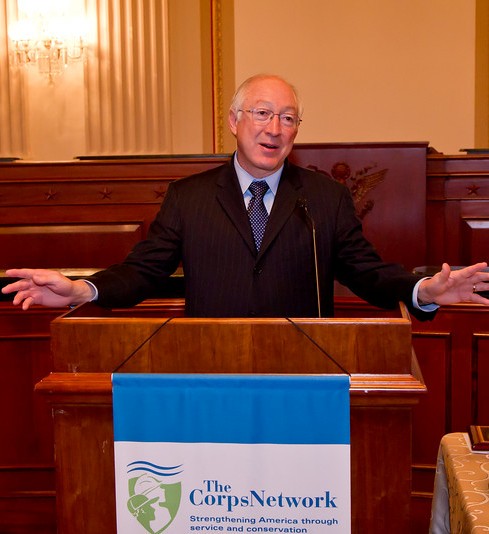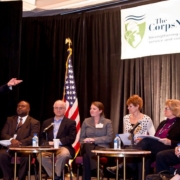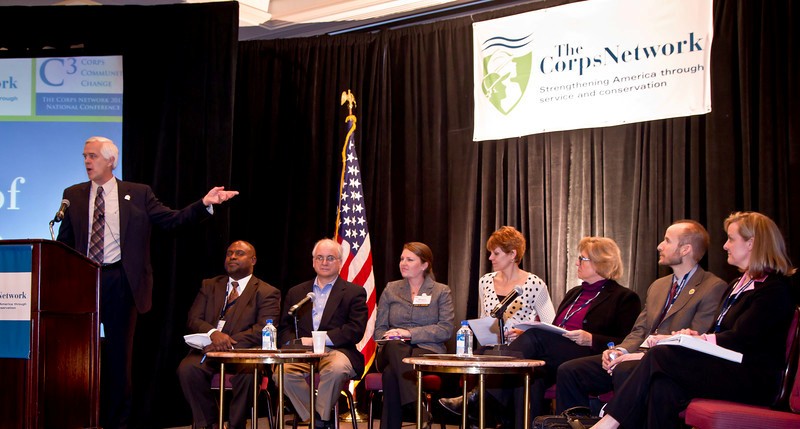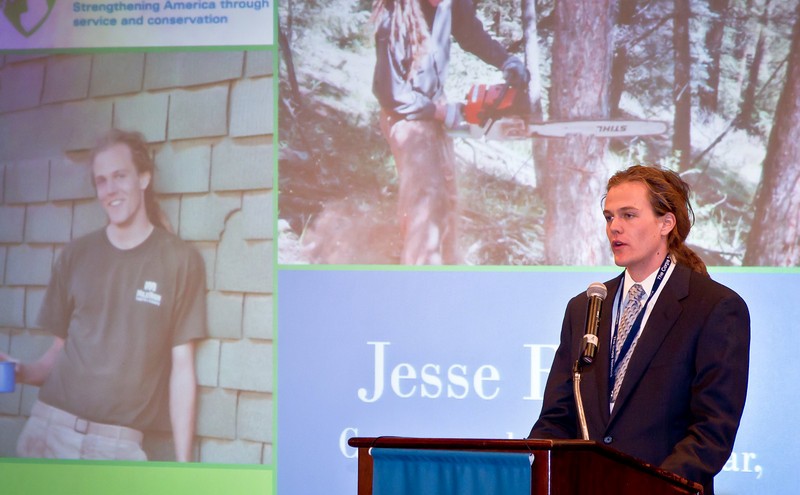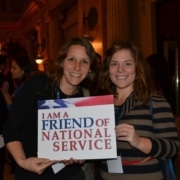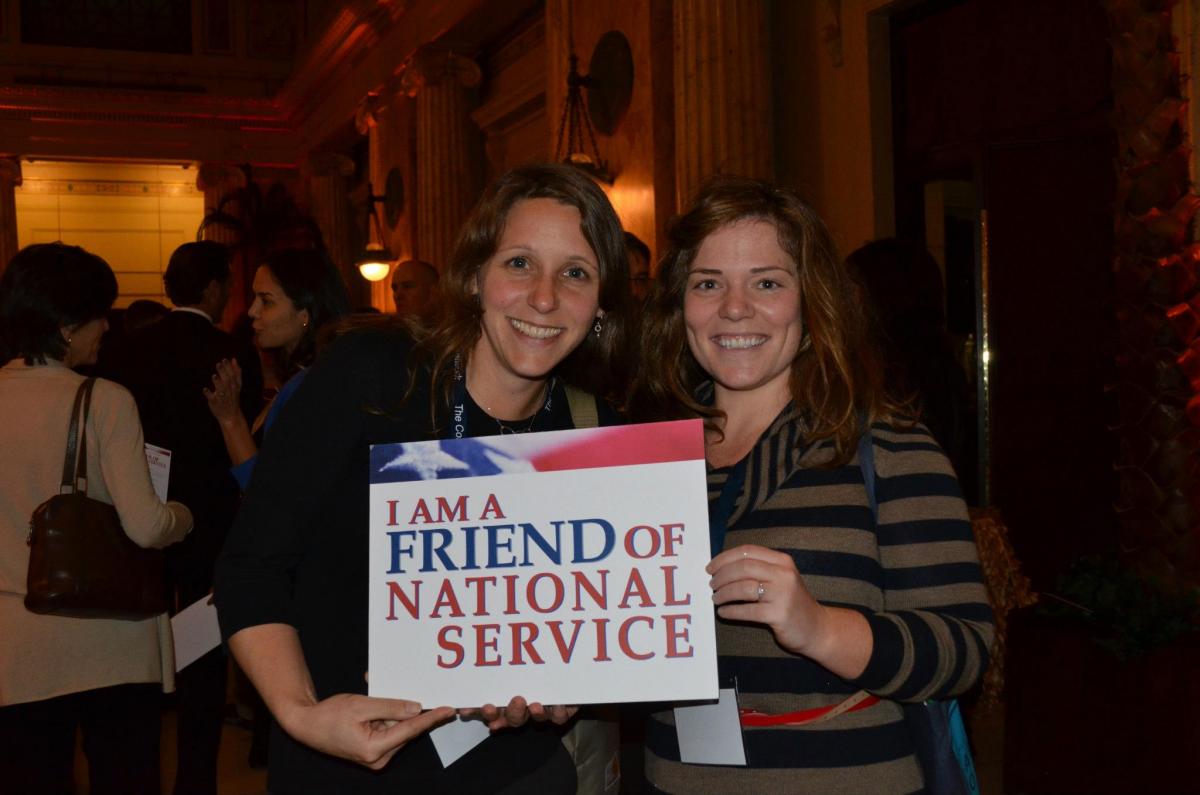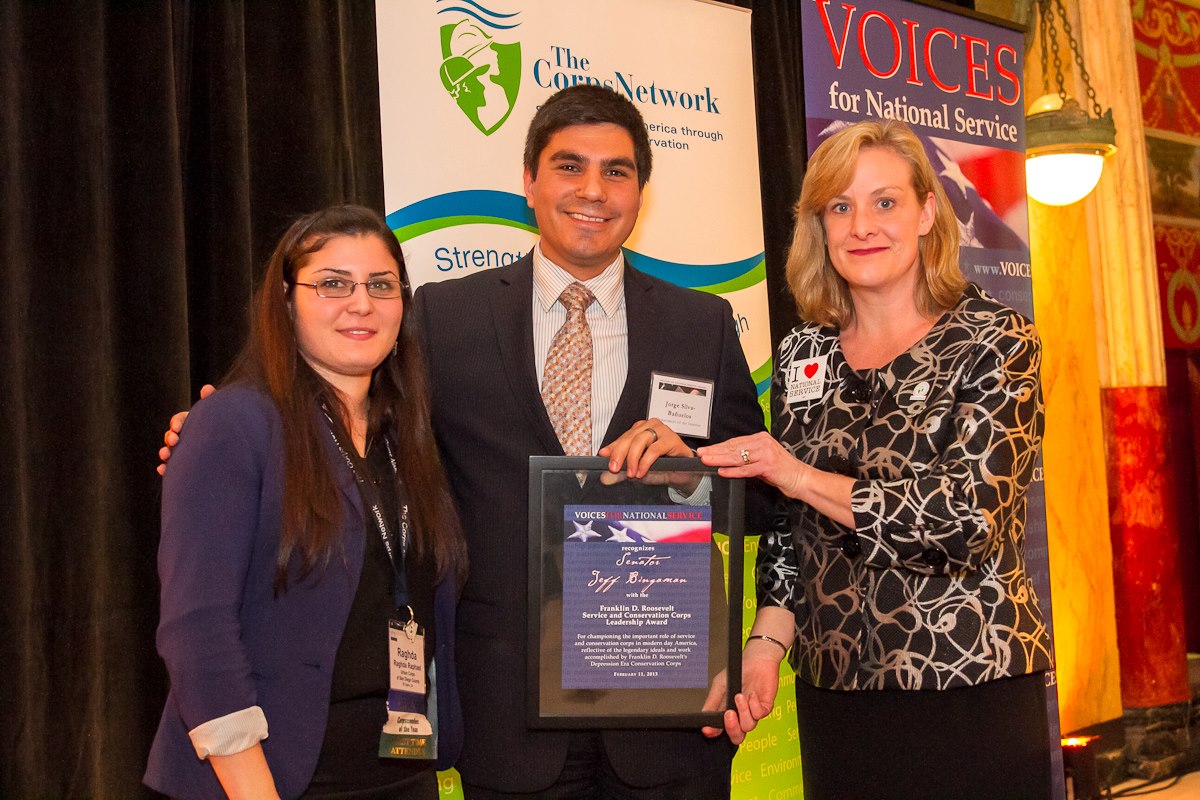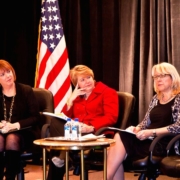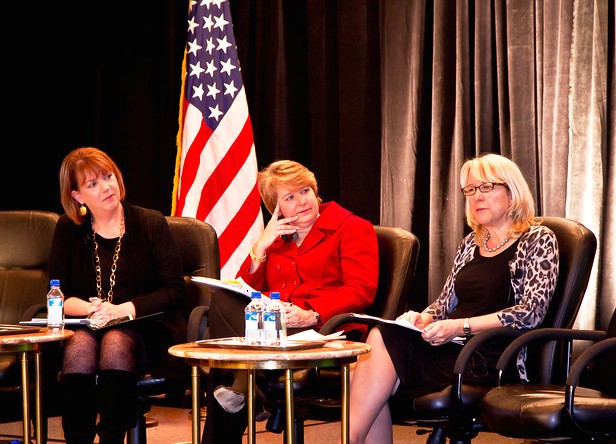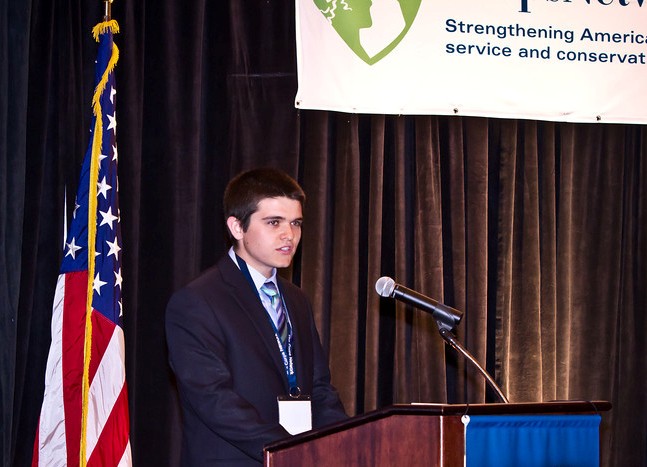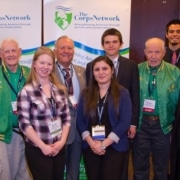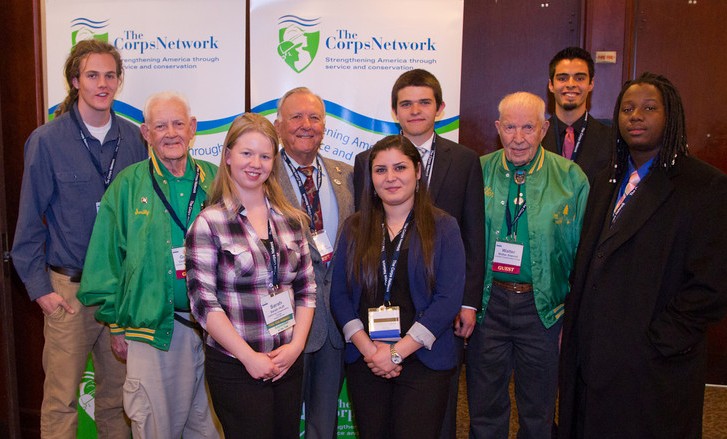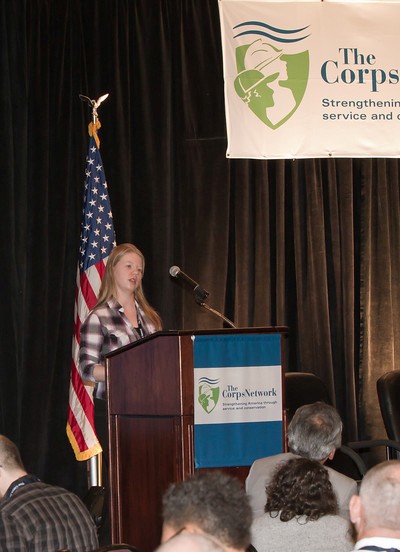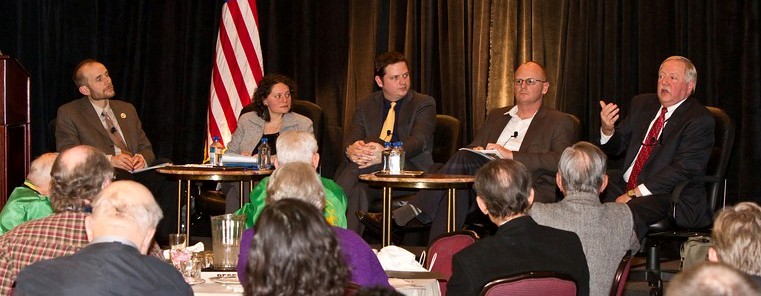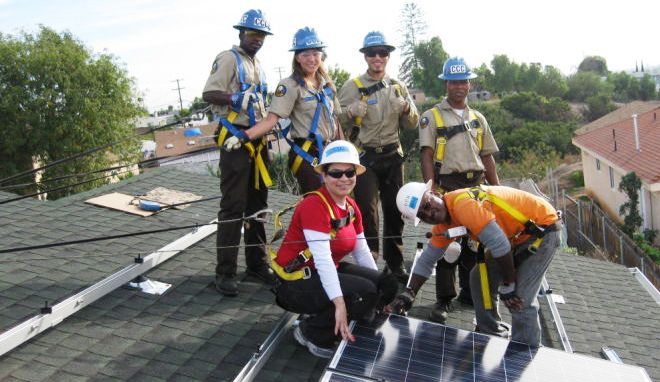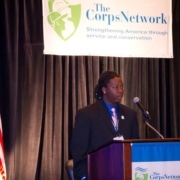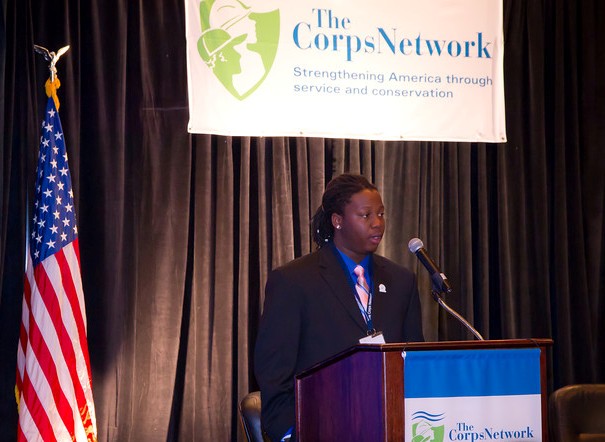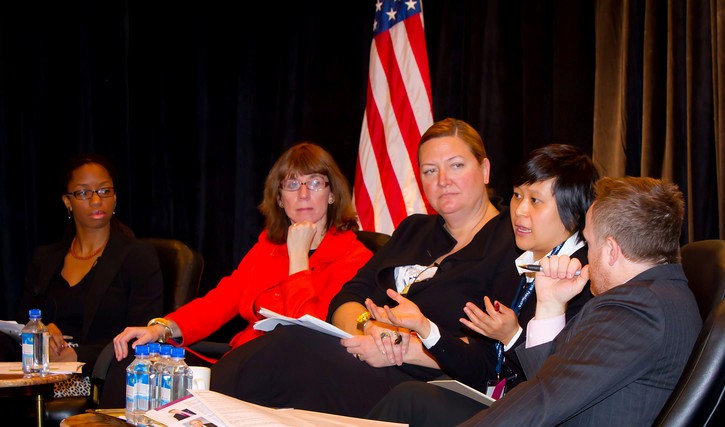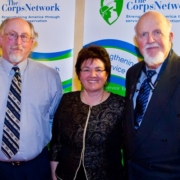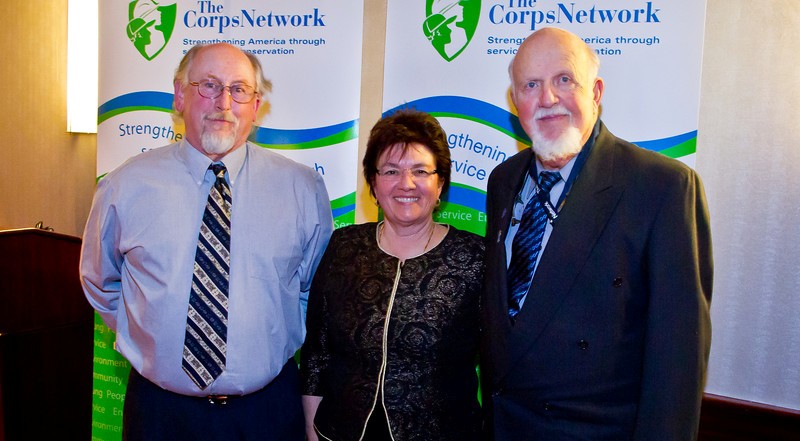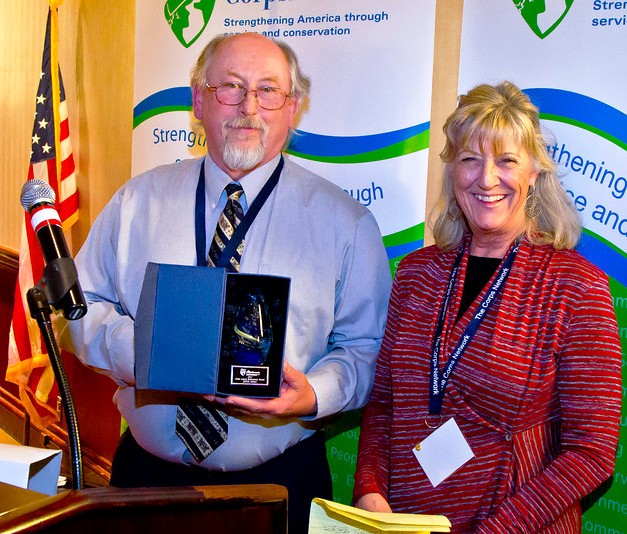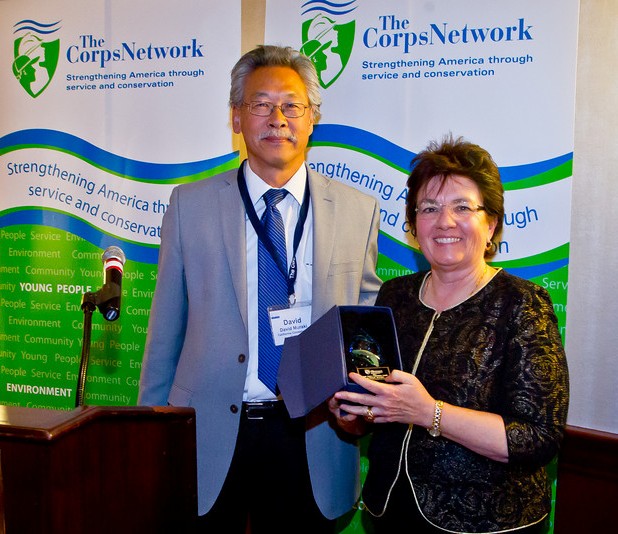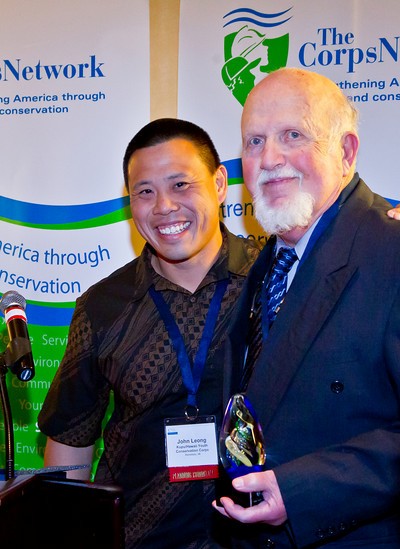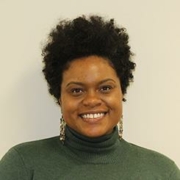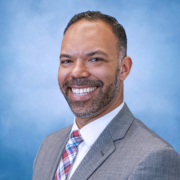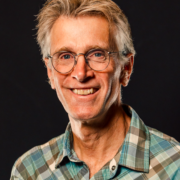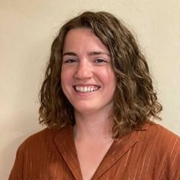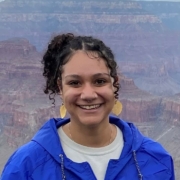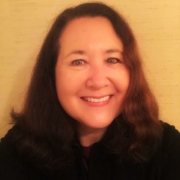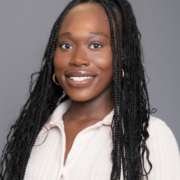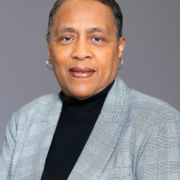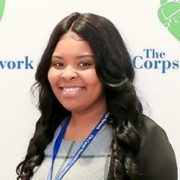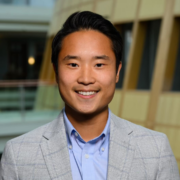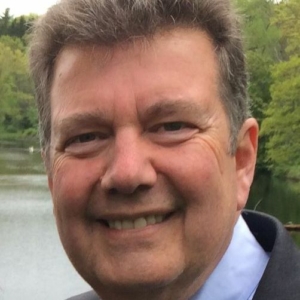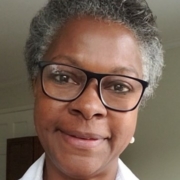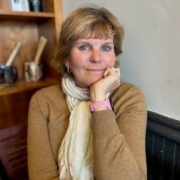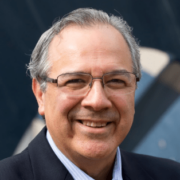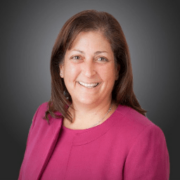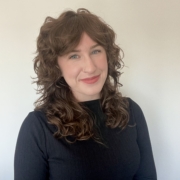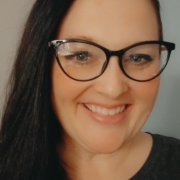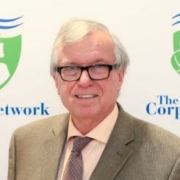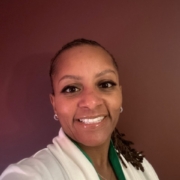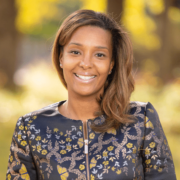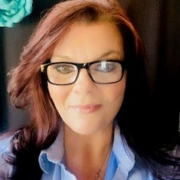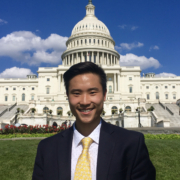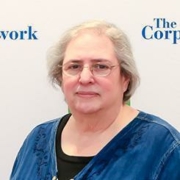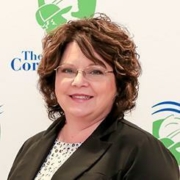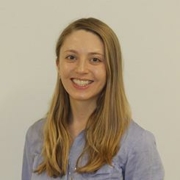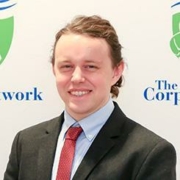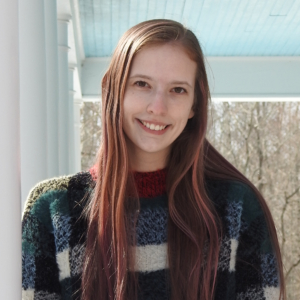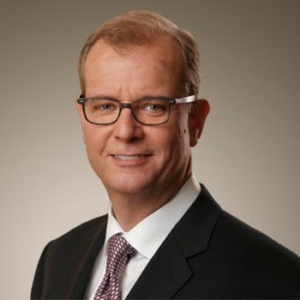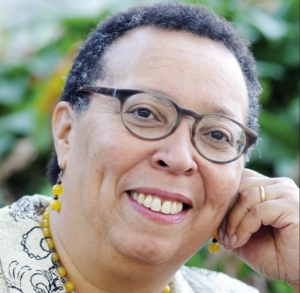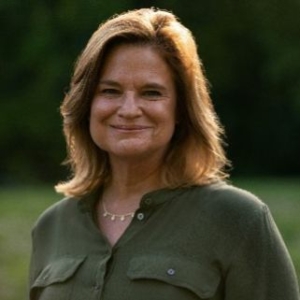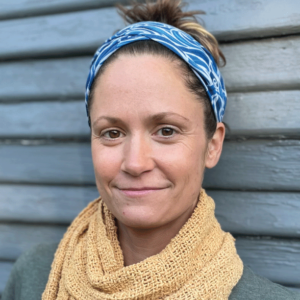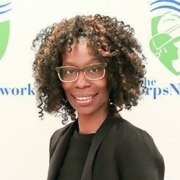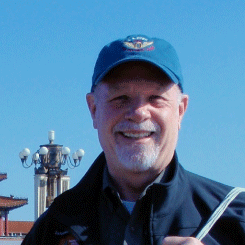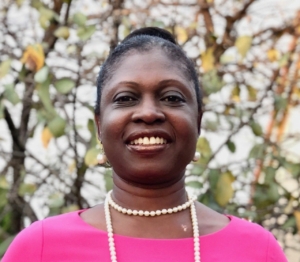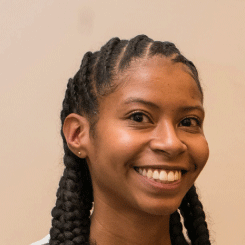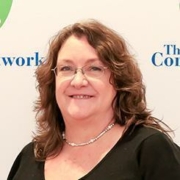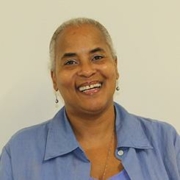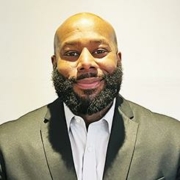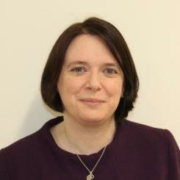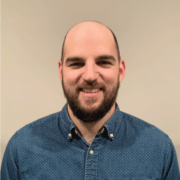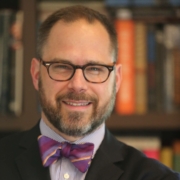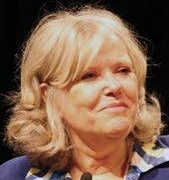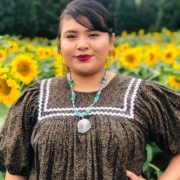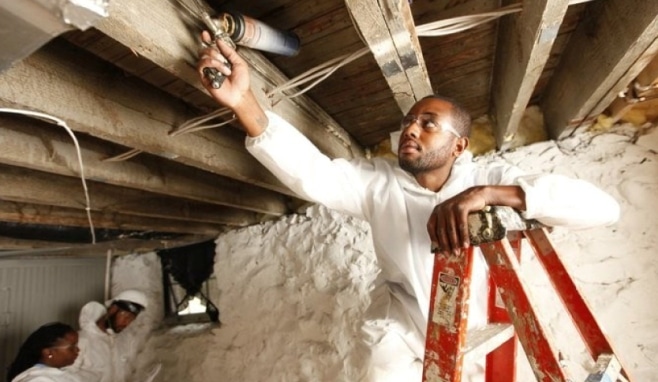
From the Office of U.S. Congressman Rubén Hinojosa
Washington, D.C.- Today-Congressman Rubén Hinojosa (D-TX-15) along with Congressman John Tierney (D-MA) and ranking member of the Education and the Workforce Committee, U.S. Rep. George Miller (D-CA) introduced the Workforce Investment Act (WIA). The introduction of this bill is an effort to modernize WIA so as to better assist out-of-work Americans, including the long-term unemployed, and to acquire the skills that growing industries need.
“This is a critical time in the United States for American workers and adult learners to have access to the education and job training they need to increase their literacy skills and to acquire good, family sustaining jobs,” said U.S. Rep. Hinojosa. “What the Workforce Investment Act does, is it creates a 21st century delivery system for adult education and workforce training that leads to career pathways, increased educational opportunities, civic participation and economic self-sufficiency for our nation’s increasingly diverse workforce.”
WIA would help workers find jobs and careers through strategic partnerships with in-demand sector employers, community colleges, labor organizations, and non-profits.
Congressman Hinojosa added, “In my district it is especially important that we assist lower-skilled border residents who often lack basic education attainment and English proficiency to access workforce training and educational opportunities that lead to good jobs and careers.”
The Democratic substitute streamlines and improves workforce program services. It authorizes funding for President Obama’s Community College to Career Fund and expands the role of community colleges in job training. It supports integrated adult education and job training. WIA authorizes new and more targeted investments in adult education and it codifies integrated English literacy and civics education.
“This legislation connects American workers to jobs and careers in high-demand industries and sectors,” said U.S. Rep. Hinojosa. “It also supports them in acquiring industry recognized credentials, postsecondary education, employment counseling services and the support services they need to obtain employment.”
The Democratic Workforce Investment Act authorizes increased investments in technology and digital literacy, as well as enhances online training and other technological improvements which allow rural residents to receive training in high growth and high demand occupations.
Enacted in 1998, the Workforce Investment Act (WIA) created local workforce investment boards (WIB) made up of community stakeholders who decide on how to respond to local economic needs. However, supporters of workforce training programs agree that improvements to the current system are needed to make the program work better for those looking for a good job, local communities, businesses and taxpayers. The Workforce Investment Act of 2013 would accomplish this by focusing on finding workers jobs and careers through strategic partnerships with in-demand sector employers, community colleges, labor organizations, and non-profits.
Specifically, the Workforce Investment Act of 2013 would:
• Streamline and Improve Workforce Program Services
• Improve Accountability and Transparency through Performance Measures and Reporting Across Programs
• Promote Innovation and Promising Practices
• Expand the Role of Community Colleges in Job Training
• Develop a 21st Century Delivery System for Adult Education Literacy and Workplace Skills Services
• Engage Youth through Multiple Pathways to Success
• Create Competitive Employment Services and Opportunities for Individuals with Disabilities




